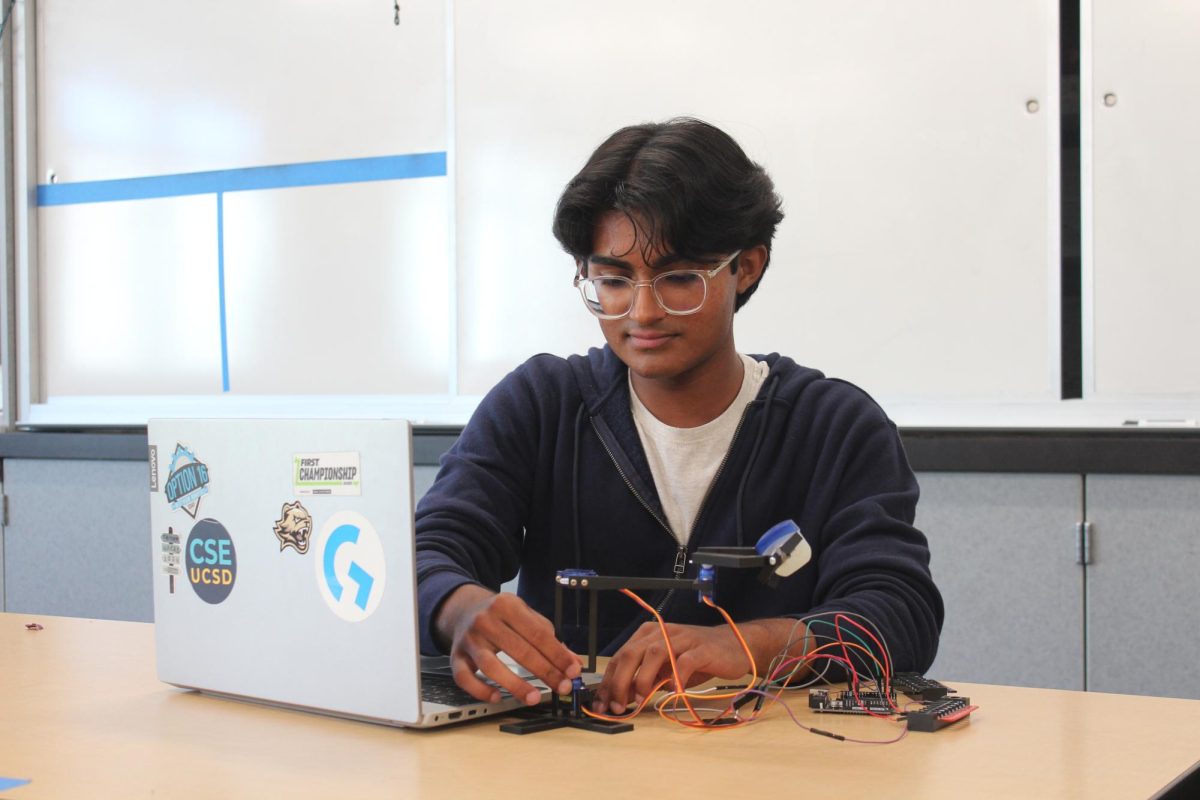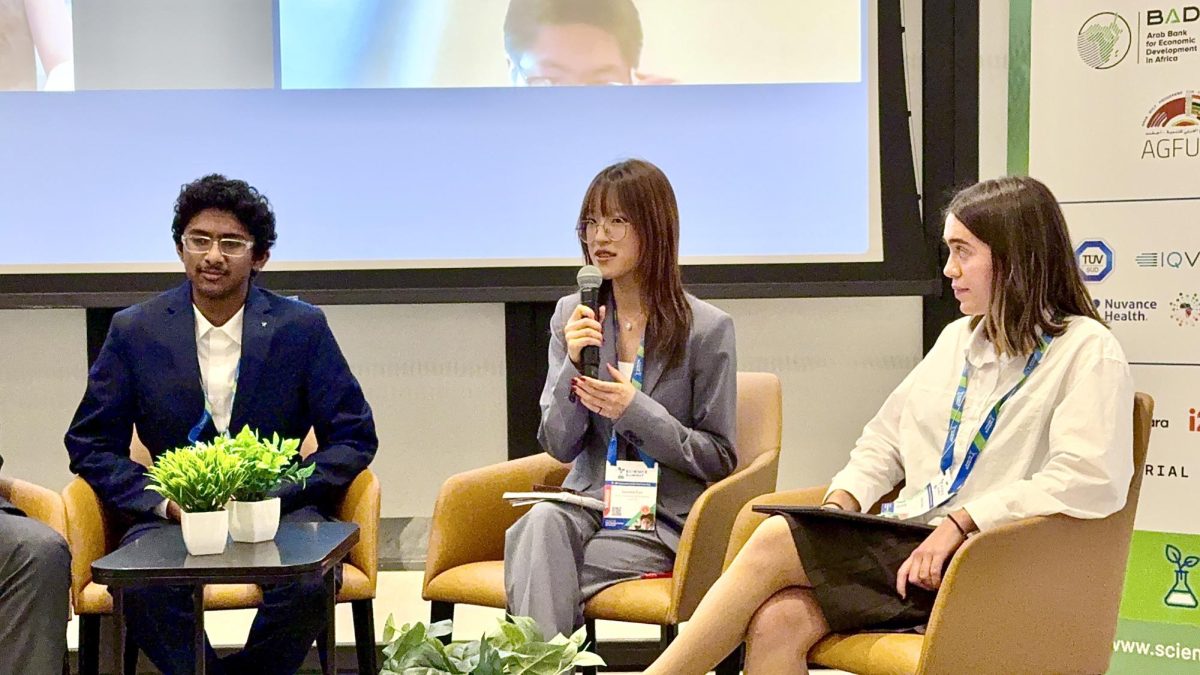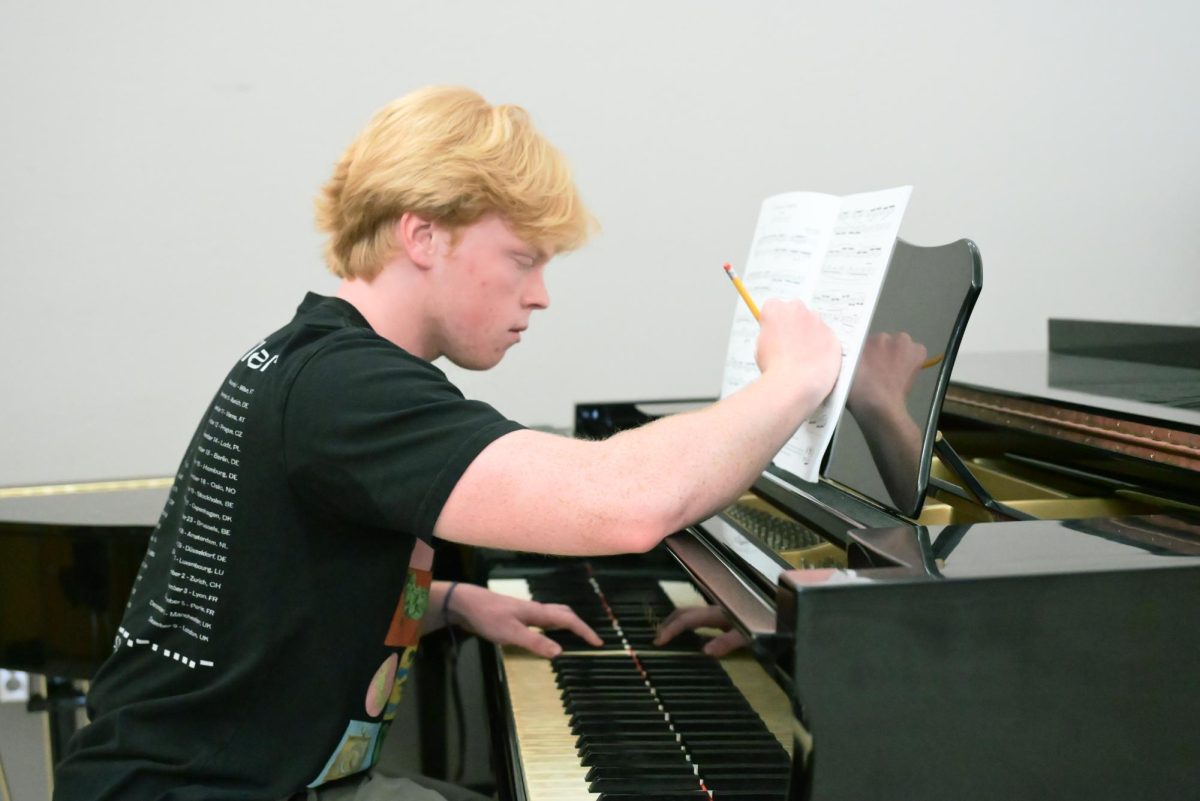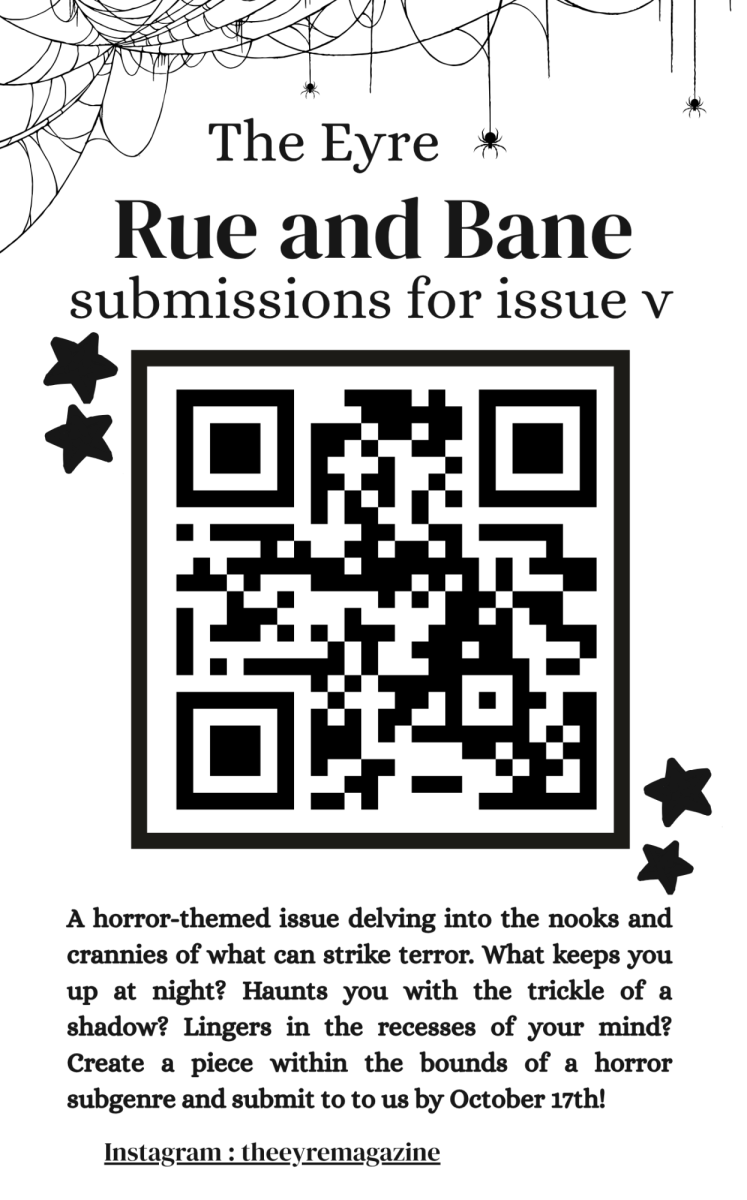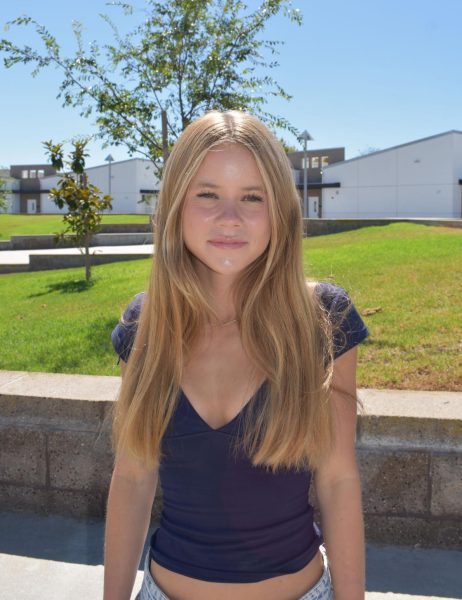Kiara Schray was in and out of hospitals when she was 14 for her two conditions, POTS (postural tachycardia syndrome), which is an electrolyte deficiency of salt, and EDS hypermobility syndrome (Ehlers-Danlos syndrome), where her joints are really loose, leading to dislocations and a lack of stability. Schray says that the symptoms’ link to POTS and EDS aren’t widely known, which makes them hard to diagnose. But when she was 15 , Kiara Schray (11) finally found a doctor able to help her.
“[POTS and EDS are] really rare,” Schray said. “People don’t know what they are. I had this one doctor and he was a neurologist. I came in thinking ‘maybe I’m just crazy,’ because that’s what I had been told by other doctors and nurses, but this guy saw my symptoms and was like, ‘There is something wrong here and I believe you and you’re not crazy.’ It really felt like he just saw me and saw what I was going through and that I wasn’t trying to fake anything.”
Her experiences in doctor’s offices had shown her the impact a doctor can have, and she wanted to have that same impact on others. When Schray saw a post about the Pathmaker Internship through Palomar Health on the Westview page, she jumped at the opportunity. She went through an intensive application process, with essays, short answer questions, and a six- part interview. After Schray got accepted into the program, along with another Westview student, Franklin Pham (11), she attended a day of onboarding training to learn various skills needed in the hospital. Schray was the only high-schooler in her group, as the majority of people in the program are college students.
“I was very intimidated by the college people, but they’re all super nice and I’ve made a lot of good friends,” Schray said. “Most of what we were taught was helping the CNAs (certified nursing assistants) out. So feeding the patient, bathing the patient, changing sheets, doing skills like that.”
Schray now works consistently as an intern on Sunday mornings in the ortho department at Palomar Medical Center in Escondido. Upon arriving, she makes the trip to the clean utility room to fill up her cart with supplies and starts her rounds for the day, going around the floor to each room, typically partnering up with another intern. During rounds, they ask the patients if they need anything, check for supplies, and update the whiteboard. They update the whiteboard with the date, who their nurse and CNA are, and their extensions.
“I think that’s really important, especially the date because we have a lot of patients who have dementia and don’t know what day it is,” Schray said. “So, that helps them a lot,”
When they finish doing rounds, they will move onto another task, but on Easter Sunday, Schray and her partner were busier than usual.
“While we were doing rounds, I kept getting calls from nurses and CNA’s asking for help in different rooms,” Schray said. “We also took one woman on a walk around because she was starting to get better.”
Through her experiences as both a patient and now as a caregiver, Schray has seen the positive impact medical personnel can have on their patients’ lives. This is one of the reasons Schray has decided to pursue this internship, and a career in the medical field, specifically as a nurse practitioner (NP) or a physician’s assistant (PA).
“I’ve always known that I wanted to work in medicine, but I think in the more recent years, I’ve been leaning more towards [being a] PA and an NP,” Schray said. “I think it’s more realistic with the lifestyle I want and having a good work-life balance. I would love to be a doctor, but I think the schooling is a lot and they’re always so busy.”
Schray has been able to project the same positive impact doctors have had in her life onto the lives of patients she interacts with.
“The floor that I work on has a lot of older people that don’t really have families,” Schray said. “So, they just want somebody to talk to and the nurses don’t really have time to talk to them. So being there and giving them somebody to tell their stories to is really interesting, and to touch people’s hearts is really cool. I’ve had a lot of patients and patients’ families already come up to me and say, ‘hey, thank you, thank you for listening.’ And even those small things really, really do make a difference.”


